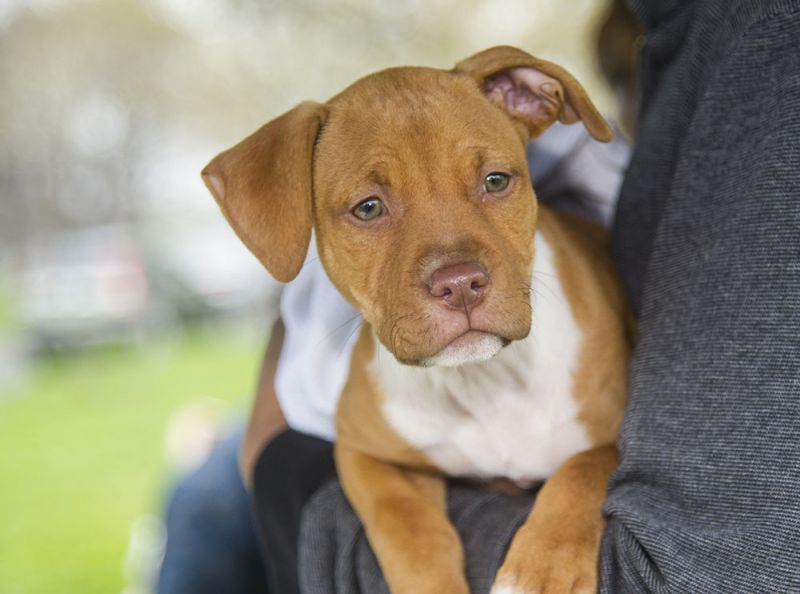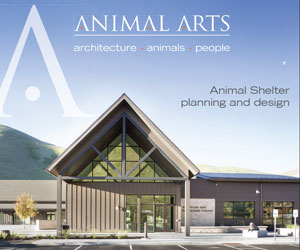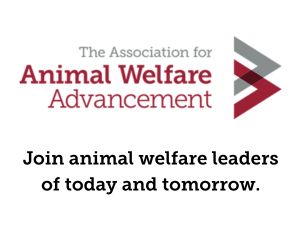Community building with other animal welfare advocates
Elevating animal welfare in the community for all pets and their families is not possible without strong collaboration among many community actors

Potential Partners to Increase Lifesaving Efforts
Joining forces with other animal welfare advocates and social service providers will greatly enhance your ability to provide access to veterinary care and other services to the many pets living in your service area and connect homeless pets with loving families. A collaborative effort between your organization and the following programs and partners is required to create a safe and healthy community for pets. Many of these programs and partners likely already exist in your community; determine which organizations are advocating for animals and reach out to them to figure out a way to work together. Connect with human social service providers to find ways to elevate the pet owners in your community, thereby keeping more pets with their families. And if any of these programs are missing, it may be the perfect time to start one.
Animal shelters
The communities your organization serves may have several different types of shelters that take in animals. An open admission shelter takes in every animal that comes through its doors, as well as strays and other animals in need. Limited admission shelters have more input as to which and how many animals they take in. As a community, we need to try to keep animals out of the shelter, but once they arrive at the door, shelters can provide them with the safe and enriching environment they need until they can be adopted. These organizations may have a variety of programs such as pet food pantries, methods for returning lost pets to their families, low-cost veterinary services, behavioral support, adoption programs, and trap-neuter-return for community cats. Finding ways to complement instead of replicating the work of other local organizations will enhance the broader programming available to the communities you serve.
Rescue groups
These organizations often act as transfer partners to help keep shelter populations at a manageable level, allowing all animals to receive humane care and more pets to find loving homes. In addition to foster-based groups, this category also includes groups that focus on a specific breed of dog or prevention-based organizations and trap-neuter- return (TNR) groups that manage community colonies and keep those cats out of the shelter.
High-volume, low-cost spay/neuter and vaccination clinics
These organizations make sterilization and vaccines accessible to everyone in the community. This, in turn, helps to reduce the number of homeless animals and elevates the level of care available to all pets in your service area.
Veterinarians and cost assistance programs
It is crucial to have a partner within the veterinary community that provides services to shelters and rescues at a reduced cost. Veterinarians can also potentially provide cost assistance programs that cover sterilization, medical care, and vaccinations, enabling families in need to give their pets the best care.
Animal control agencies
Many communities have animal control responsibilities, and some may have a facility to support those activities. Animal control agencies can assist non-profit organizations by working to support pet owners in the community by connecting resources to owners who are struggling with pet care. For example, an animal control officer may connect a family with an organization that helps to build fences and provide shelter for dogs who live outdoors or they can assist with trap-neuter-return of community cats to reduce conflicts with humans and wildlife.
Education
Rescue groups and shelters are a recognized resource to the public for informed pet ownership. Offer a bevy of free information sessions to encourage people to utilize certain programs such as: vaccinations, spay and neuter opportunities, behavioral training, where to acquire a new pet, and so on. It is also essential to implement a surrender prevention program, such as developing a lost pet program will help reunite pets with their families, to help keep pets in their homes and out of the shelter.
Business Partnerships
Develop relationships with local vendors to get them involved. Pet stores can donate products for homeless pets and owned pets in the community as well as space for fundraising events or large scale and free adoption or vaccination events, while other local businesses can help raise funds.. This also provides additional channels to spread the word about adoptions, community programs or other services that your organization may offer. Get local trainers and behaviorists involved with your organization to provide support to the animals in your care and as a tool to prevent surrenders. Ask the media to cover a special event or donate remainder advertising space.
Social service providers
In order to elevate pets in the community, we must work to elevate their families. Connect with local housing advocacy organizations, domestic violence crisis centers, homeless service providers, mental health services, veteran organizations and others to bring pet resources to underserved community members. To start, track why and where the greatest number of pets are being surrendered. For example, if a specific zip code is leading to a high number of surrenders due to the inability for owners to find pet-inclusive housing, work with a housing advocacy organization to lobby for policies that welcome all families.
Building a Transfer Program with Local Shelters
Part of having a good relationship with your local open admission shelter or animal control agency involves becoming eligible to accept animals from them when the number of animals in their care exceeds space or resources available. This helps the shelter keep its population at a manageable level and allows you the chance to provide assistance to animals in need of specialized care that the shelter does not have the resources to cover. Many shelters already have a process in place through which they approve new partners, but do not be afraid to have an honest conversation with them if there is something in the application or overall program that concerns you. Offer to send the shelter data that will give them the information they want, such as the number of animals you took in the prior year, number of animals you adopted out, number of pets you assisted through owner support programs and trap-neuter-return, number of foster homes, average number of animals per foster home and average length of time an animal stays in your foster program. You should also offer to send the shelter monthly statistics on the animals (e.g., whether they have been adopted, any health issues) as transparency helps build trust.
Make sure that any agreement has clear policies on who is eligible to pull animals, how the shelter determines which animals are available for transfer to rescues, how they notify rescue groups of the available animals, how much time you have to accept an animal and pick it up from the shelter, how the animal is transferred from the shelter to the rescue, what is included in the transfer (e.g., sterilization, vaccines, microchip, relevant medications) and whether the shelter may charge a fee to recoup costs.
Building a Transfer Program with Out-of-State Resources
Many organizations transfer animals to rescue groups in different parts of the country where the supply of animals is low. Always adhere to local, state and federal laws when transferring animals across state lines. At minimum you will need to get a health certificate from your veterinarian and all animals over a certain age will require proof of a rabies vaccine (check state laws for specifics). If your organization does transfer animals to other rescue groups or sanctuaries, ensure that the receiving organization provides the same level of care that you would provide. Find your “rescue soul mate”—a partner organization that shares your group’s philosophies on core issues such as adoption policies, temperament testing, fostering, training, medical protocols and when it is appropriate to euthanize.
Visiting a facility, or meeting with people from the receiving rescue in person, is a crucial step in confirming that the animal is being transferred to an organization that follows best practices.
Placing animals in foster care before their trip gives the organizations insight into the animals’ true personalities, allowing your partner to advertise the animals with accurate descriptions before they even arrive at their destination. It is also important to provide the destination partner with all medical records and behavioral notes.
Building Coalitions
Building a coalition of many animal welfare and social service organizations in your area is another method of getting the message out concerning homeless animals on a community level. It is also a great way to work together on the progress your community is making and to identify and troubleshoot any problems as a team. Coalitions are a great way to ensure multiple organizations are not duplicating efforts and instead are developing complimentary programs. While coalitions are not always easy to build, the payoff can be well worth your efforts.
Reach out to other shelters and rescue groups and social service providers and insist on humane discourse among all parties. You want to create a safe space to work together. Early meetings should focus on establishing a culture of respect, trust and accountability. Start small, with a limited and specific focus—determine why you are meeting, what you hope to accomplish and identify your short-term and long-term goals and projects.
It is vital to always keep your common goals in mind and remember that this is about the animals, not individual egos. Some common goals could be:
- Prevent pet surrenders by supporting owners in the community and providing robust community cat programming to decrease the number of kittens who enter the shelter
- Create a safe environment for those who do end up in the shelter
- Improve rates for adoptions, returns to owner and transfers to rescue groups
- Eliminate euthanasia of adoptable animals
- Elevate animal care in the community by providing free resources to pet owners
It is important to acknowledge that there will be differences in opinions among the players and know that it is perfectly acceptable to disagree!
Choose someone to lead the group who has a calm demeanor and strong interpersonal skills, and is neutral, fair, patient, a good listener, open-minded, determined and experienced with conflict resolution. Instead of someone who may criticize the participants’ current efforts, choose someone who will focus on everyone’s strengths to determine how to solve areas of weakness. It may even be preferable to get an outside facilitator to lead the early meetings.
Remember to identify other benefits of working in a coalition and resources you can share such as trainings, adoption space and workshops.
When set up carefully, a coalition can be a great resource to all animal advocates in a community and help organizations save more lives.


